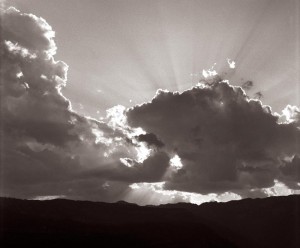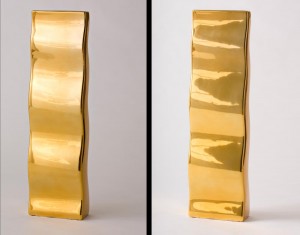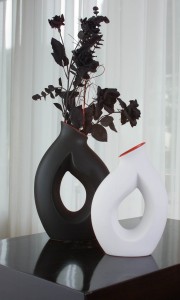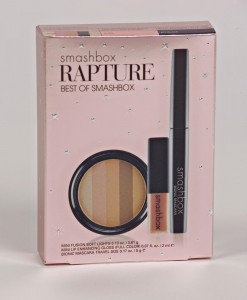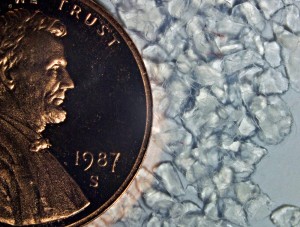Before we get to the blog, here is the self promotion: my book Understanding and Controlling Strobe Lighting: A Guide for Digital Photographers is on Amazon.com. Here is a sample chapter from the book. There has been nothing but good feedback on this book, so I would guess that you’ll like it. Of course I still hope that you will please consider purchasing my fine art book B Four: pictures of beach, beauty, beings and buildings. Purchases of this book mean a lot to me, and it is also a fine gift for any occasion. I lowered the price a couple of weeks ago, and that has helped. As you know I teach for BetterPhoto.com. I really hope you’ll sign up my class: An Introduction to Photographic Lighting.Remember that the books and the class keep me updating this blog.
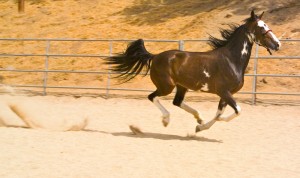 I would guess that I have written about the words natural and artificial as they apply to light in the past. Every so often somebody says or writes something that makes me want to revisit the topic. When I’ve written about this topic in the past I have included images lit by strobes, this time I’m including daylight images.
I would guess that I have written about the words natural and artificial as they apply to light in the past. Every so often somebody says or writes something that makes me want to revisit the topic. When I’ve written about this topic in the past I have included images lit by strobes, this time I’m including daylight images.
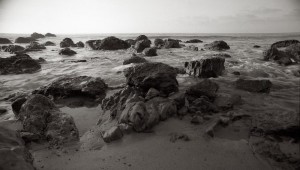
Click on the image for information about the super wide camera that made this shot. This camera usees the Nikkor 28mm shift lens.
There are many places where the terms natural and artificial make sense, say with food or even gem stones. We put a high value on natural food and an even higher value on natural rubies. Which is better: natural granola or sugar frosted flakes? Would you be happier if someone gave you a one carat natural ruby, or a ten carat ruby grown in a lab? So the terms natural and artificial have an emotional value associated with them. I know several photographers who say that they are natural light photographers. I do not know anyone who uses that phrase who is also an expert at creating fine light with strobes. There are plenty of people who are good at using ambient light and at using strobes, but they seem to avoid the term natural light photographer. 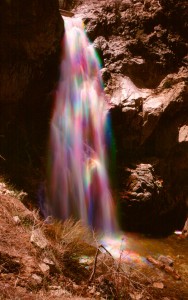
I think the mercury vapor lights are bad light sources for making photographs. I don’t think I have ever made a good photograph with mercury vapor lights. When I look at these lights with my spectrometer I see only a green, blue and orange line. I have a bad attitude towards these lights. However if I wanted to work in black and white I might be able to do good work with these lights. A big part of why I don’t use these lights is my attitude. It might also be that you typically find these lights used as streetlights. Mercury vapor light doesn’t occur in nature.
The natural light sources that I see used in photographs are the sun, fire and rarely lightning. Bio-luminescence is also natural light, but I have never seen a photograph made with a hundred thousand lightning bugs in a really big jar.
Lava also counts, but it is somewhat difficult to control. Glowing wires do not occur in nature nor do tubes filled with fluorescent chemicals. As I have mentioned before, for most photographers it would be easier to differentiate between found light and light that you controlled (found light and made light?) or perhaps more usefully continuous light and instantaneous light. Most photographers have a much easier time using continuous light because they can see how the light interacts with the subject. Instantaneous light, this means strobes, but it would apply to the old flash bulbs too, requires an understanding of how light works before it can be used effectively.
There is nothing inherently different about how the light from a strobe works than how light from the sun works. However the strobe is much more portable and much easier to use with accessories. It is very tough to put the sun over head at midnight, even if you go to Alaska. A photographer needs to learn how to control and manipulate light so that you can start with an idea and capture it with a camera. In order to do this we have to practice and improve our tool kits.
If you choose a tool, based on the manufacturer’s recommendation, and then take it to a shoot, you have a good chance of having problems. You need to test it first. Remember the goal of people who make lighting and camera gear is to sell you more gear, NOT to make you a better photographer. Recently I’ve had people telling me that shift/tilt lenses and soft boxes will solve photographic problems they have. I have these things, and have used them, and don’t recommend them. I note that the people interested remained interested despite my comments. Personally, I do not trust equipment manufacturers. I guess others do.
When I teach a class I ask people to practice. I suggest that they work with a Styrofoam wig head and cheap flood lights. The wig head is all white that makes it easy to see the shadows. The flood lights are easy to see and to manipulate. This gives you a sort of a lighting lab where you can practice and experiment. I still use the wig head when I get a new piece of lighting gear. I know I’ve said this before: musicians practice so they can play, why shouldn’t we? If you can only practice with a live model you won’t be able to take the same risks you can with a hunk of Styrofoam. Most models don’t have the patience of the wig head. So, if you’re thinking about a lighting class why not mine?

